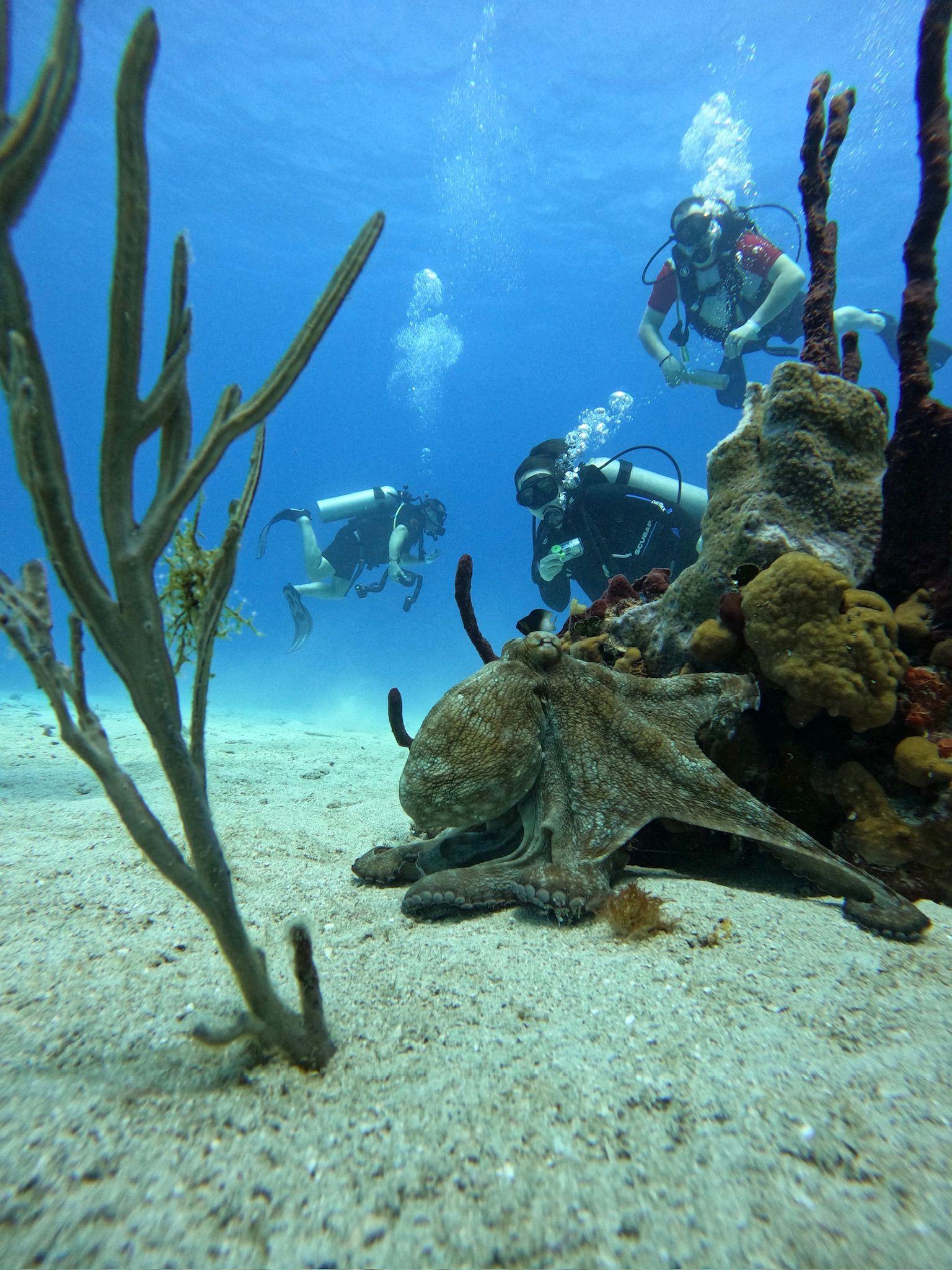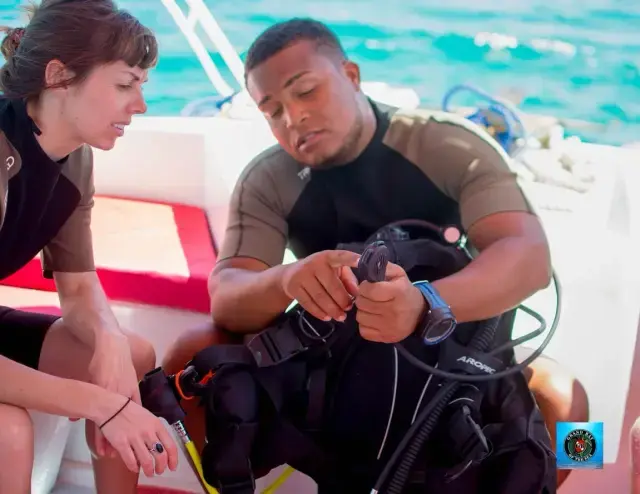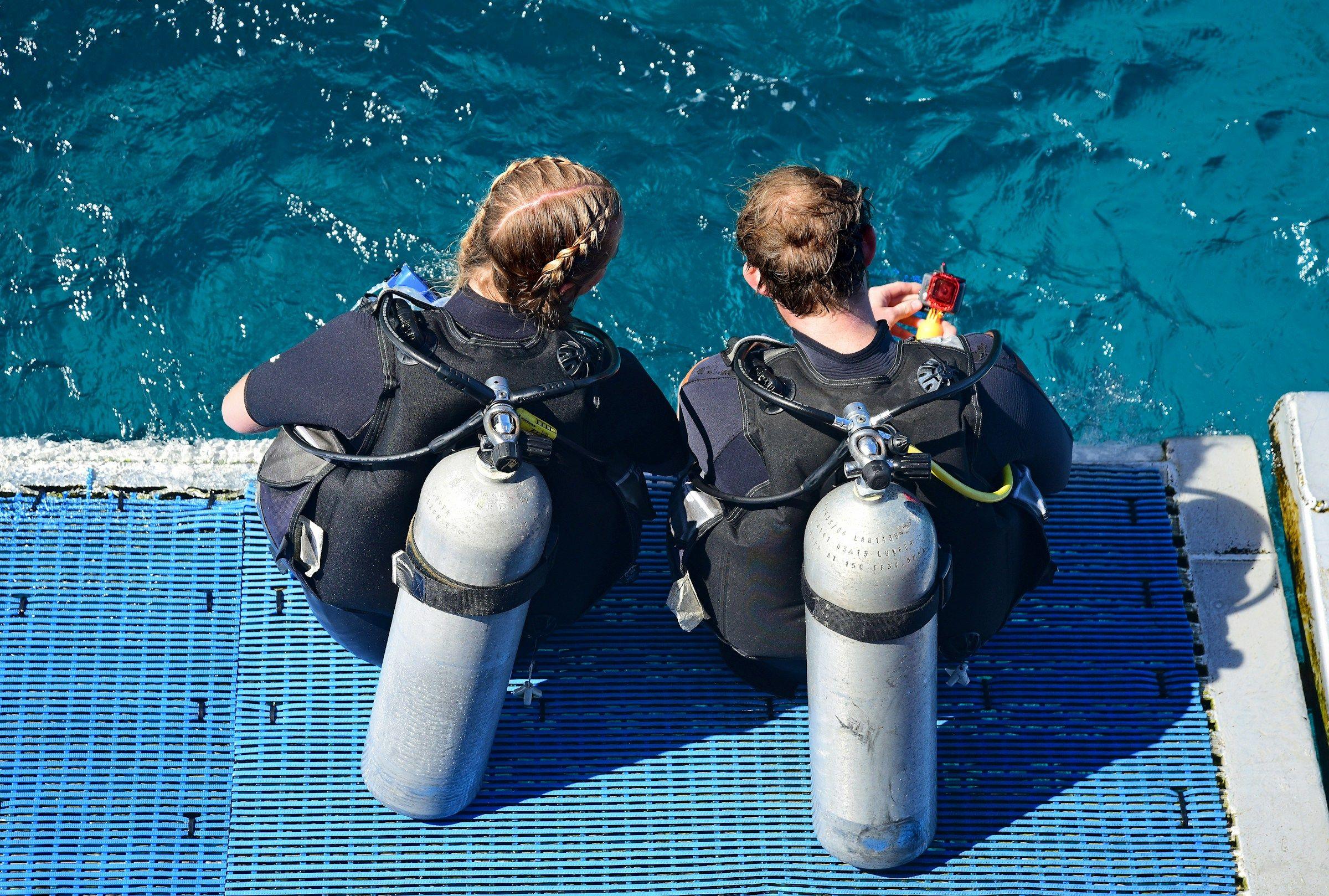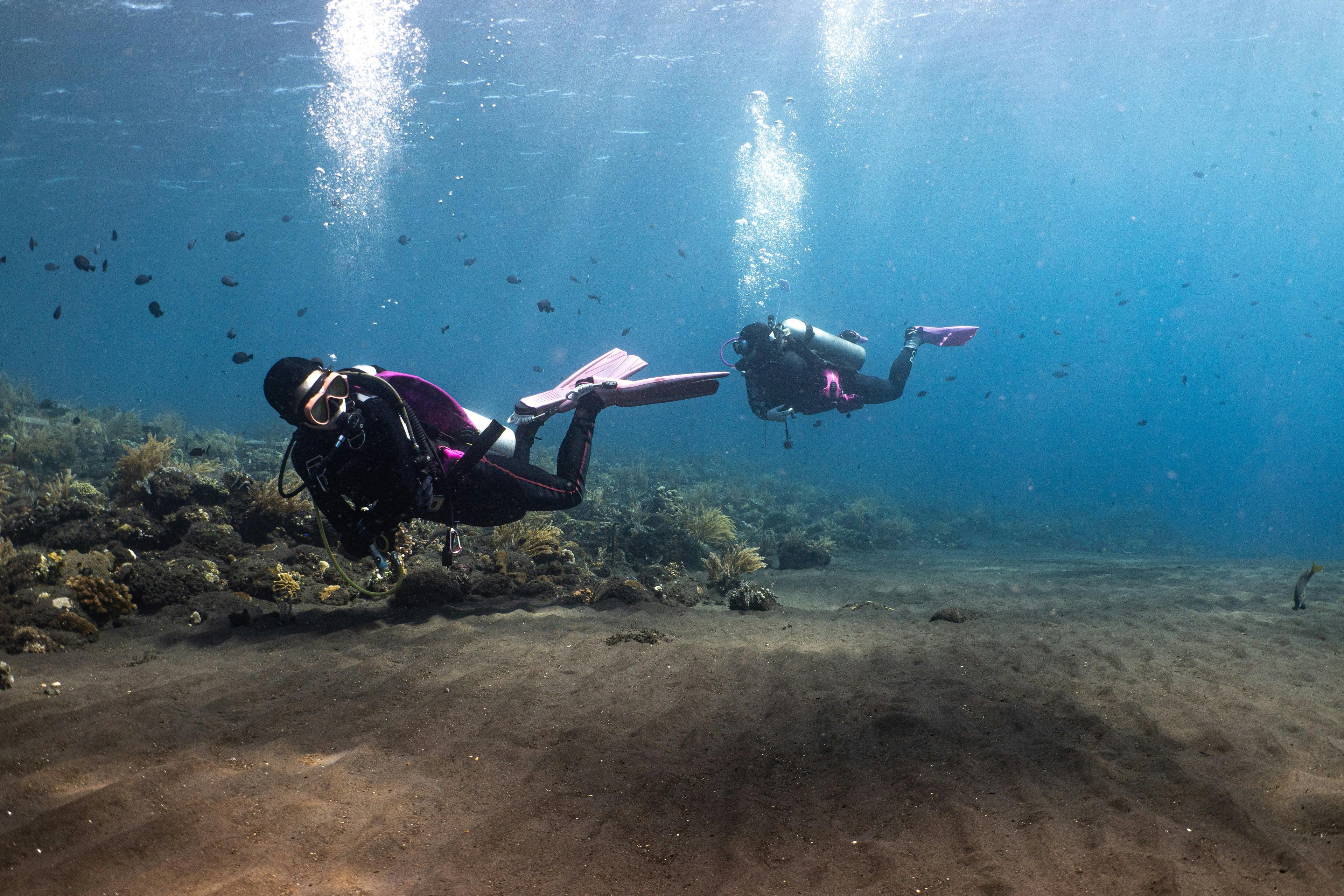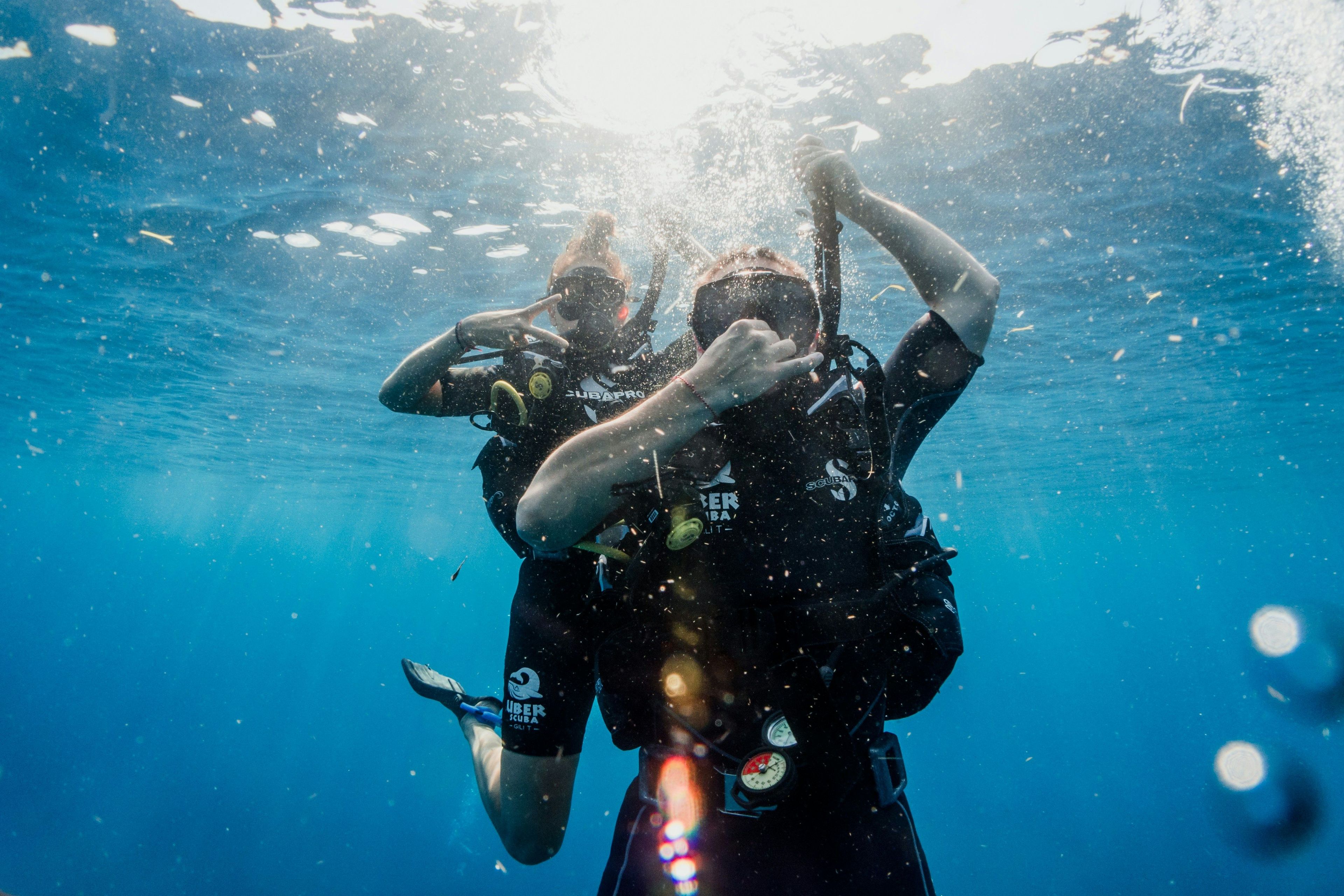
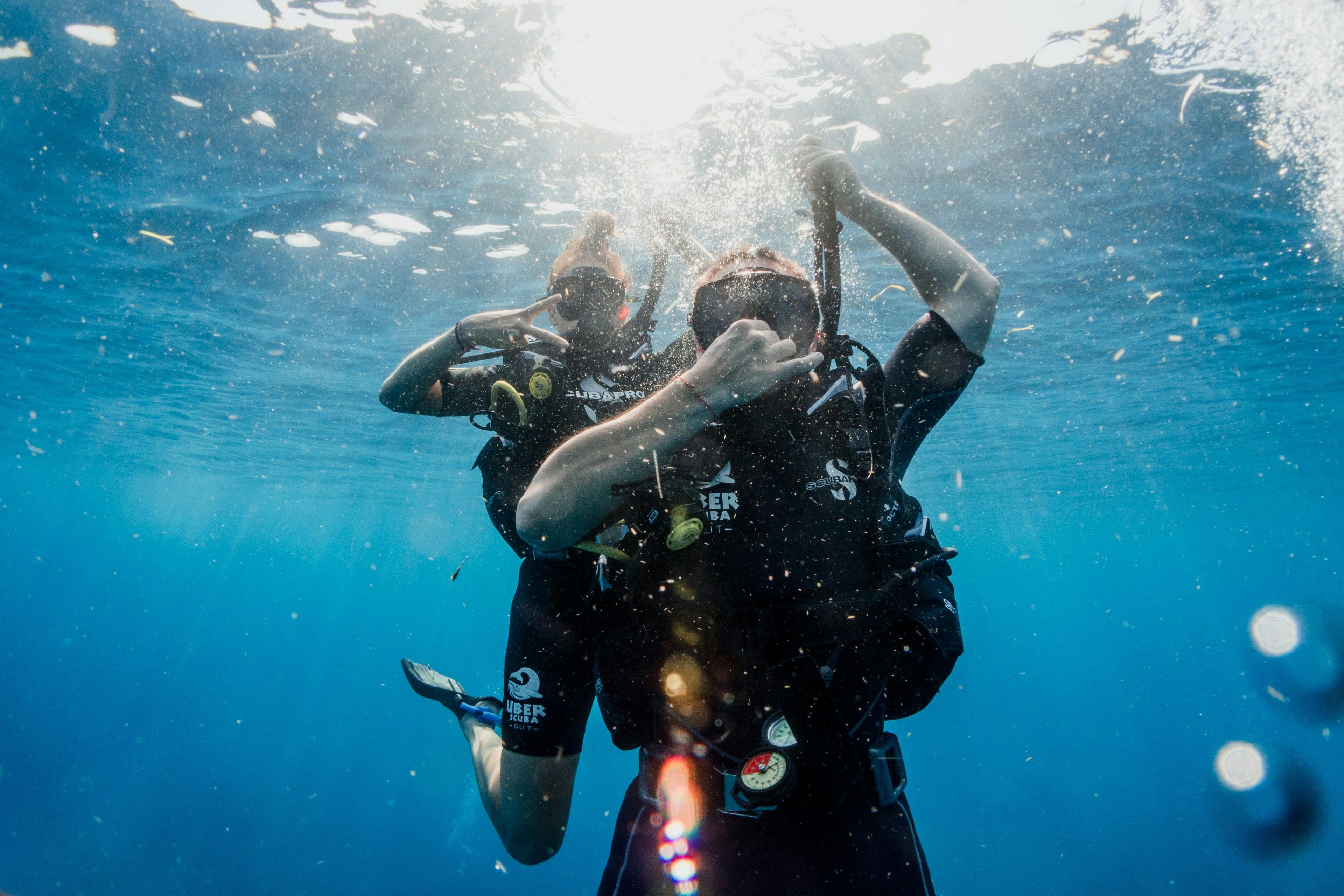
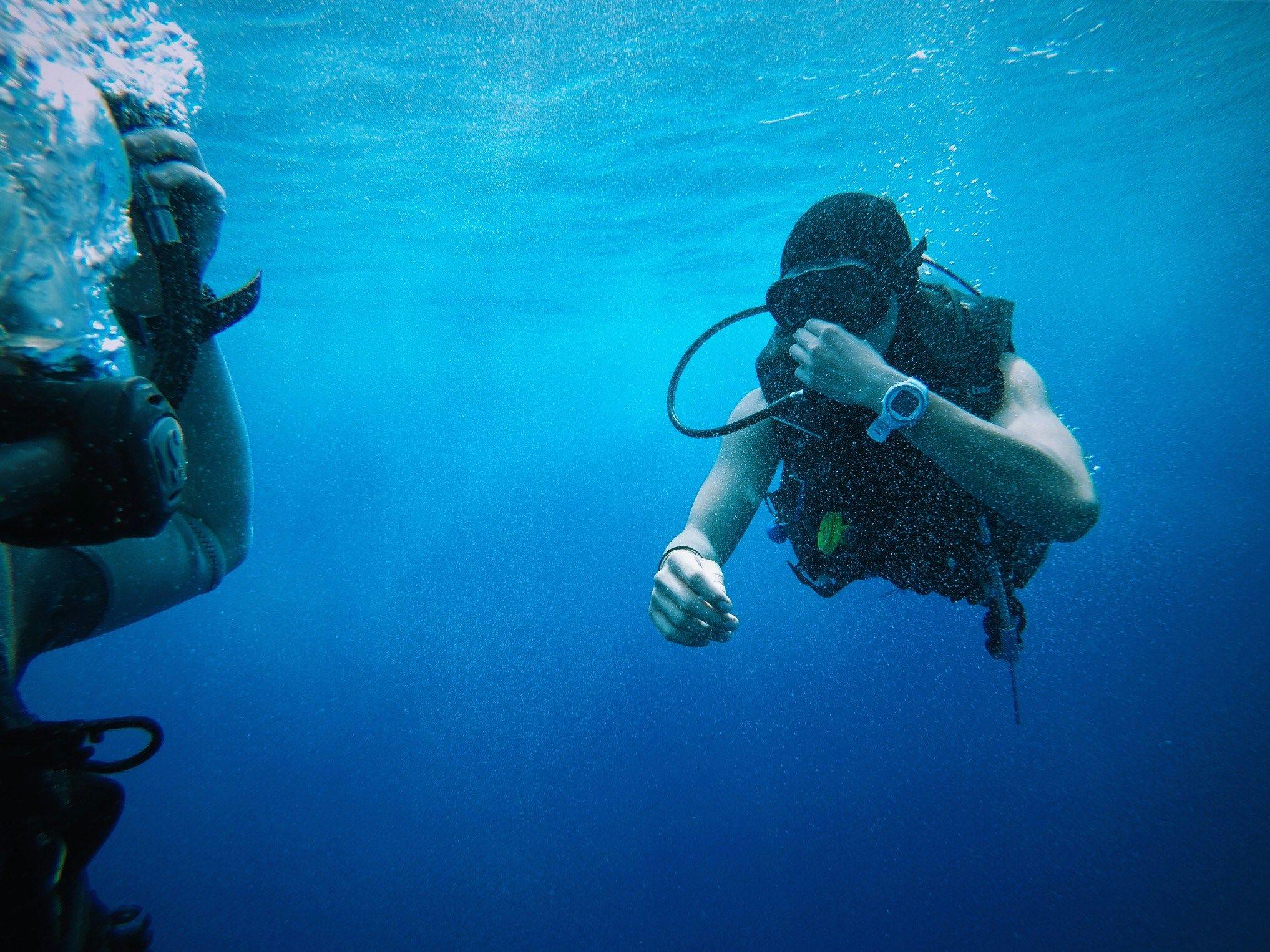
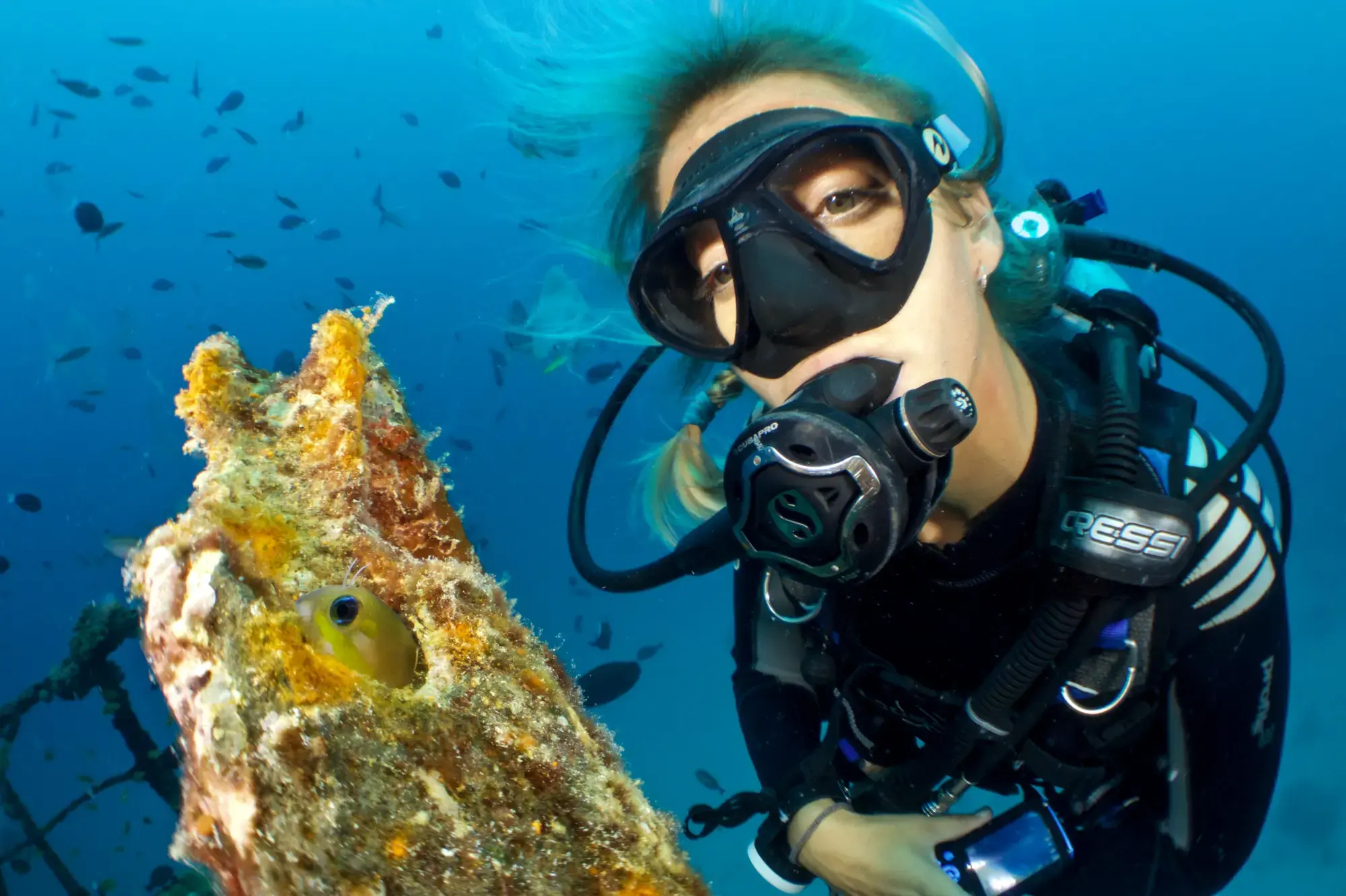
🫧 Equalization Techniques Every Diver Should Know
If you’ve ever felt pressure in your ears while diving or flying, you’ve experienced the need to equalize. Underwater, this becomes even more important — and mastering equalization techniques is key to safe and comfortable dives.Whether you’re joining your first ocean dive in Punta Cana or you’ve logged dozens of dives, understanding how to equalize properly can prevent discomfort, ear injuries, and even aborted dives.At Grand Bay of the Sea, we teach all our students to listen to their bodies, descend slowly, and use proper equalization from the very first dive. Here’s how to do it right.
👂 What Is Equalization, and Why Does It Matter?
As you descend underwater, pressure increases around you — including in your middle ear. This pressure needs to be balanced (equalized) with the pressure inside your ear space to avoid discomfort or barotrauma.If you don’t equalize properly, the pressure difference can cause:
- Ear pain
- Vertigo
- Temporary hearing loss
- Ear drum damage
The good news? Equalization is simple — once you know the techniques.
🤿 Common Equalization Techniques
1. The Valsalva Maneuver Pinch your nose and gently blow against it with your mouth closed. You’ll feel your ears “pop” as air enters your Eustachian tubes. 👉 Don’t blow too hard! Forceful equalization can damage your ears.2. The Frenzel Maneuver Pinch your nose, close your throat, and use your tongue (like saying “Kuh”) to compress air into your Eustachian tubes. ✅ This is gentler than Valsalva and works even at deeper depths.3. Swallowing or Jaw Movement Swallowing, yawning, or moving your jaw side to side can also open the Eustachian tubes. This is a good method for equalizing slowly or on ascent.4. Toynbee Maneuver Pinch your nose and swallow at the same time. This combines pressure and muscle movement to help equalize your ears.
🐠 Tips for Successful Equalization on Every Dive
- Equalize early and often — before you feel discomfort
- Start on the surface — equalize once before descending
- Descend slowly and stop if you feel pressure
- Never dive with a cold or congestion — it blocks the Eustachian tubes
- Practice on land so you’re ready before you hit the water
🌊 Punta Cana Conditions & Equalization
In Punta Cana, many of our dives are shallow and gentle, which makes them ideal for practicing your equalization skills in a relaxed setting. Sites like Cabeza de Toro and our nearby training reefs offer easy descents and calm waters — perfect for new divers or anyone who’s still perfecting their technique.If you're joining us for a Discover Scuba Diving experience, don’t worry — our instructors will guide you through equalization step by step.
💬 Final Thought
Equalizing isn’t just about ear comfort — it’s a vital safety skill that every diver should master. When done right, it becomes second nature and keeps you focused on the fun, not the pressure.Want to learn more or practice with a pro? Join us in Punta Cana and gain confidence under the guidance of experienced instructors who care about your comfort and safety.
